Key Takeaways:
- Industrial advancements introduced synthetic dyes, unlocking broader, more affordable color palettes for everyday fashion.
- Machine-driven textile production ensured color consistency and durability, making vibrant hues more accessible.
- Metals and urban materials inspired new color trends, blending industrial elements with vivid fabrics.
- Layering and mixing techniques allowed for flexible color pairings, keeping wardrobes versatile and seasonally relevant.
- Sustainable practices and modern technologies continue to evolve, promising even more innovative color solutions for the future.
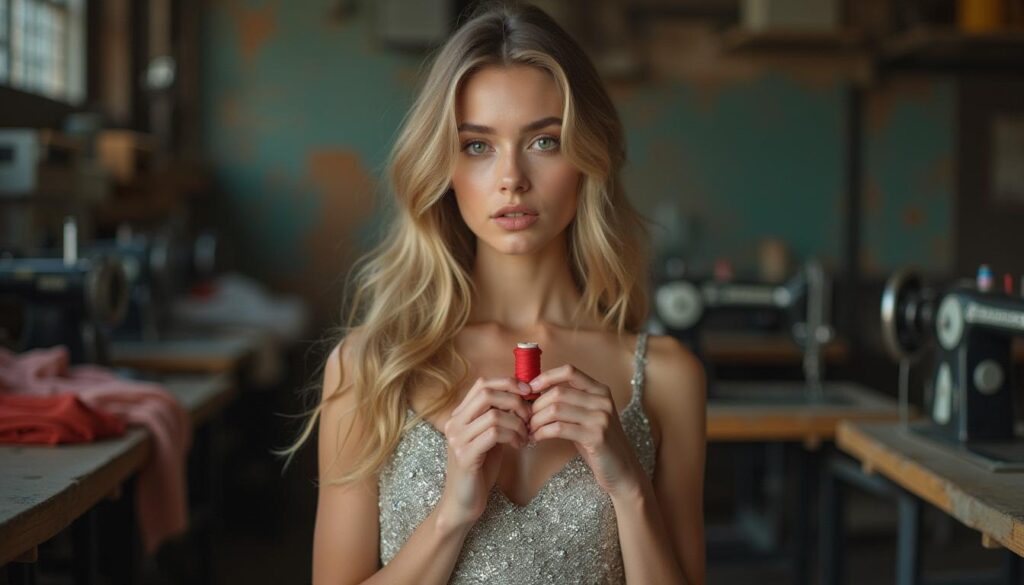
The Industrial Revolution didn’t just change how we produce goods; it transformed how we perceive, create, and wear color. Long before the Industrial Revolution, color in fashion was limited to natural dyes—often expensive, hard to source, and prone to fading.
Once industrialization took hold, newfound methods for producing synthetic dyes and mechanical weaving systems changed everything. Suddenly, brighter and more enduring colors could be achieved at a fraction of the cost.
Think of it as a turning point that pulled color into the mainstream. Garments once restricted by short-lived hues or inconsistent saturation were replaced by a kaleidoscope of options—deeper blacks, more stable blues, vivid reds, and countless other shades that simply weren’t possible before.
Today, we can still trace the origin of these accessible color palettes back to the factories and innovations of the 19th century. The Industrial Revolution not only influenced how fabrics were made but also shaped how designers and consumers choose and combine colors, even now.
Below, we’ll dive into how the innovations of the Industrial Revolution affected fashion’s color landscape. We’ll explore specific techniques, from layering and accessorizing to choosing sustainable dyes that stem from these historical roots. Let’s uncover the best strategies for incorporating these industrial-inspired hues into modern wardrobes, ensuring your style remains timeless, versatile, and innovative.
The Birth of Synthetic Dyes
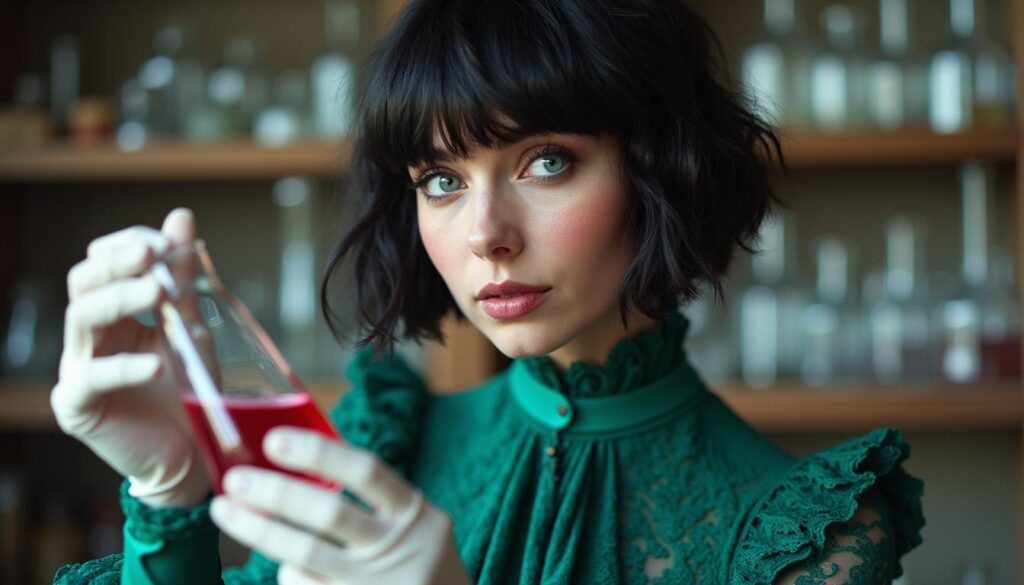
The Emergence of Aniline Dyes
The mid-19th century marked a breakthrough with the discovery of aniline dyes. These synthetic dyes derived from coal tar replaced unreliable natural pigments that varied by region, season, or harvest. Aniline dyes, such as mauveine, delivered a consistent, brilliant coloration that quickly caught on. This shift democratized color, making trendy hues more attainable for the masses.
Shifting From Natural Pigments
Before industrialization, color options were dictated by nature. Sourcing dyes like indigo or cochineal insects was labor-intensive, and their resulting shades were limited in scope. With synthetic options, manufacturers could produce intense reds, blues, greens, and purples in a controlled environment. This shift enabled designers to embrace experimentation and push boundaries, delivering apparel that truly popped.
Accessibility and Price Advantages
As production processes improved, synthetic dyes reduced costs. This affordability meant more people could enjoy garments in bright shades that once were reserved for the elite. Consumers started viewing fashion as a canvas for self-expression, no longer restricted by old methods. Synthetic dyes also introduced longer-lasting colors that didn’t wash out or fade so easily, ensuring that clothes remained vibrant over multiple seasons.
Machine-Driven Textiles
Mass-Production’s Influence
Looms and spinning machines changed how fabrics were made, and with them came uniformity in color application. Rather than small batches dyed inconsistently by hand, mechanical production ensured stable, repeatable results. Designers and retailers could rely on getting the same shade, time after time, unlocking the potential for large-scale fashion lines.
Consistent Color Matching
Industrial-era machinery allowed fabric bolts to be dyed and woven uniformly. With precise control over temperature, timing, and chemical mixtures, mills achieved a level of consistency previously unimaginable. This meant garments from the same collection matched perfectly—critical for creating cohesive outfits and reliable brand identities.
Improved Fabric Quality
Mechanical spinning and weaving did more than streamline production; they improved fabric durability. Stronger fabrics allowed deeper dye penetration and better bonding between pigment and fiber. The result: clothing that maintained brightness and intensity, even in heavier usage scenarios. This quality revolution gave consumers confidence that their favorite colors would stand the test of time.
Expanded Color Palettes in Clothing
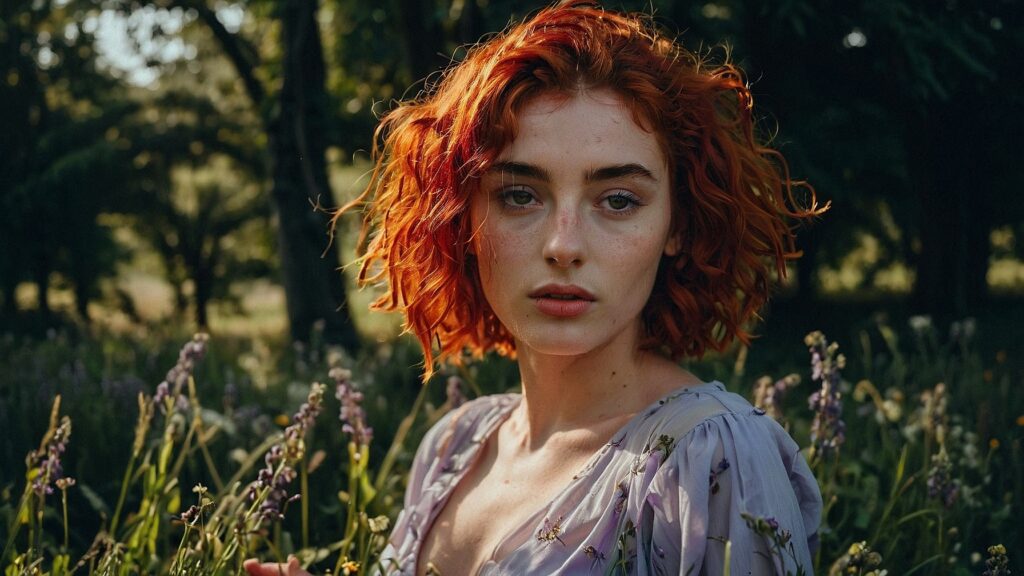
Vibrant Hues Previously Unseen
Once the shackles of natural dyes were removed, designers had free rein to experiment. Suddenly, oranges, magentas, turquoise, and beyond entered the marketplace. These vibrant newcomers changed the fashion landscape, inspiring everything from bold evening gowns to everyday shirts and accessories. Consumers embraced these daring shades, craving novelty and flair.
Stable and Long-Lasting Shades
Alongside new colors came reliability. Industrial processes ensured that reds stayed red, blues stayed blue, and greens remained lush. Rather than worrying about color bleeding in the wash, consumers trusted their pieces to remain intact. This stability encouraged people to invest in richer wardrobes, confident that their chosen hues would persist.
Seasonal Color Adaptability
With predictable color production, fashion houses began releasing seasonal color trends. Springs might highlight pastel blues and soft yellows, while autumns ushered in deeper, richer tones. These predictable rotations inspired consumers to regularly update their wardrobes, and the industry responded by staying on top of color forecasting to remain fresh and relevant.
Metallic Accents and Industrial Inspiration
Incorporating Industrial Metallics
The Industrial Revolution introduced metals into everyday life—think steel, iron, and brass. These materials, reflected in factory settings, influenced fashion colors too. Designers used metallic accents, threading gold or silver strands into fabrics, and pairing them with earthy tones to reflect the industrial environment. The result: a unique aesthetic that blended gritty utility with refined beauty.
Mixing Earthy Tones With Metal Hues
Brown, olive, and rust—these earthy tones combined with metal-inspired grays and silvers captured the essence of industrial progress. The interplay of natural and industrial shades created intriguing contrasts and depth. By balancing a neutral base with shiny metallic highlights, outfits developed a refined, modern edge that still resonates today.
Achieving an Industrial Chic Look
To embrace industrial chic style, pair structured jackets or trousers with subtle metallic details. Add accessories with brushed-metal finishes to highlight a garment’s colors. Consider a steel-gray blazer over a maroon shirt, finishing with copper-tone jewelry. This approach aligns with the industrial spirit while remaining utterly contemporary and wearable.
Bold Primary Colors in Garments
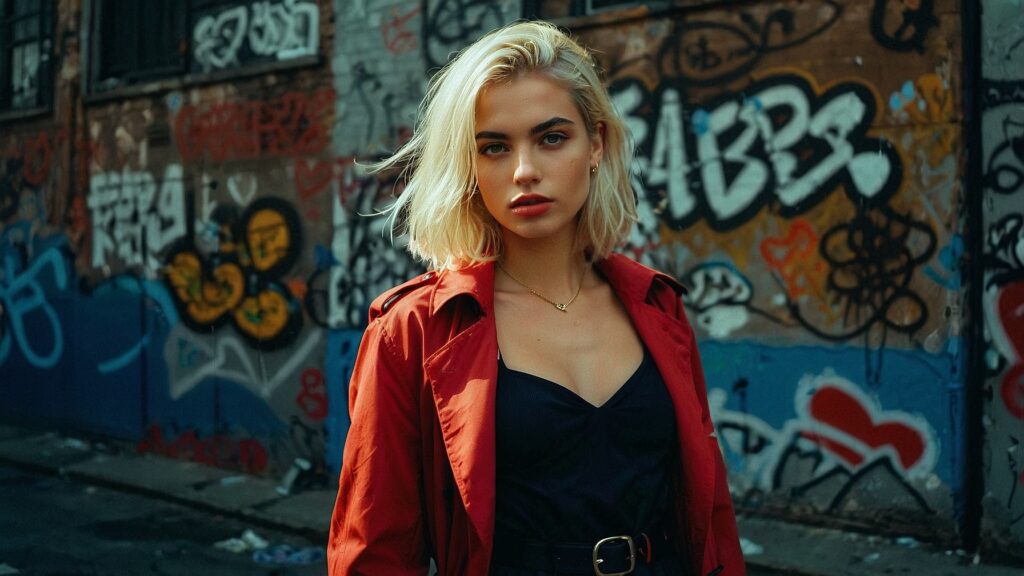
Redefined Reds
The Industrial Revolution’s dye technology delivered reds more vibrant than ever before. No longer muted or uneven, reds became the color of confidence and passion in everyday wear. From scarves to formal dresses, this enhanced red signaled new possibilities in bold statements.
Industrial Blues
Innovations allowed for powerful blues that recalled the strength of iron beams and factory machinery. Deep navy blues, clear sky blues, and even electric cobalt emerged to define an era of precision and dependability. Incorporating these blues into denim, suits, and knitwear brought a timeless stability to wardrobes.
Electric Yellows
Yellows that once looked dull and dirty transformed into radiant hues as dye technology progressed. Bright yellows evoked the energy of industrial cities—bustling crowds, flickering streetlights, and lively exchanges. When layered against deeper, more neutral tones, these yellows brightened outfits and sparked interest instantly.
Experimentation With Dark Tones
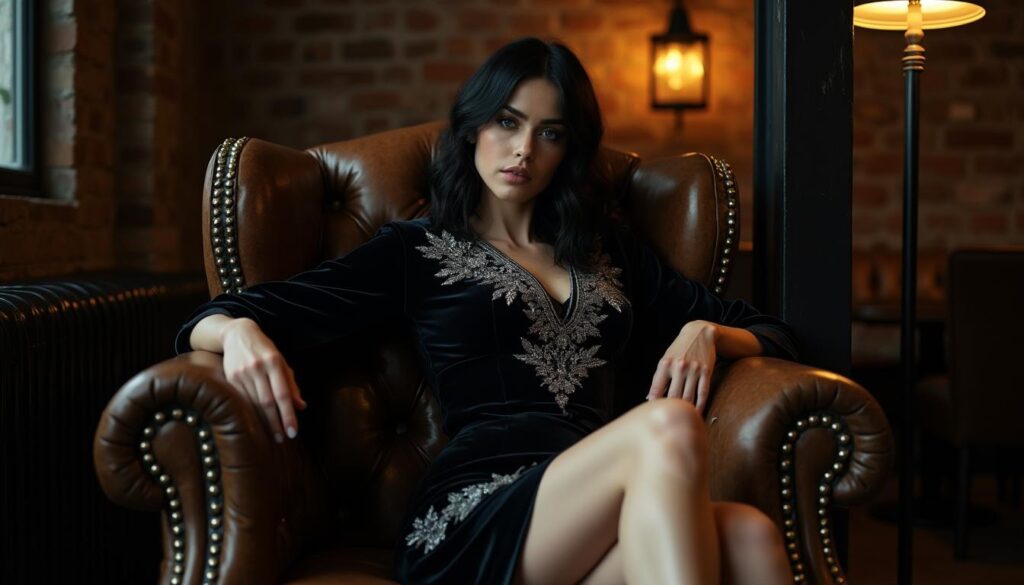
Industrial Blacks and Greys
The factory world was rich with soot and smoke, which translated into luxurious deep blacks and intriguing greys in fashion. These shades became symbolic of strength and resilience, offering a versatile canvas for any outfit. Pairing a charcoal blazer with a patterned shirt added subtle sophistication.
Charcoal-Inspired Blends
Combining various shades of grey—charcoal, slate, and stone—enabled dimensional looks that avoided monotony. Soft greys broke up darker blacks, and pairing these tones with the occasional splash of color created polished ensembles suitable for a range of occasions.
Depth Through Texture and Sheen
To maintain interest in dark palettes, designers relied on texture—matte wools, shiny satins, and lustrous velvets. These finishes interacted with light to give depth and character to inherently subdued shades. The right texture could make a monochromatic black outfit more intriguing than a rainbow-hued alternative.
Layering Techniques for Color Depth
Mixing Fabrics to Enhance Shades
Layering was key to achieving sophisticated color arrangements. A lightweight silk blouse under a structured wool coat introduced contrasting textures that altered how colors appeared. This interplay could make even a simple hue feel more complex and nuanced.
Contrasting Light and Dark Layers
Pairing a deep-hued outer layer with lighter, brighter garments underneath helped create eye-catching depth. For instance, a midnight-blue trench over a crisp white blouse made both pieces stand out more than if worn alone. Such contrasting layers ensured outfits never felt flat.
Neutral Bases With Vibrant Overlays
Starting with a neutral base—think beige or grey trousers and a simple top—then adding a bold scarf, jacket, or accessory in a vibrant hue was another industrial-era-inspired trick. This approach allowed for seasonally appropriate adjustments without overhauling an entire wardrobe.
Accessorizing to Elevate Color Schemes
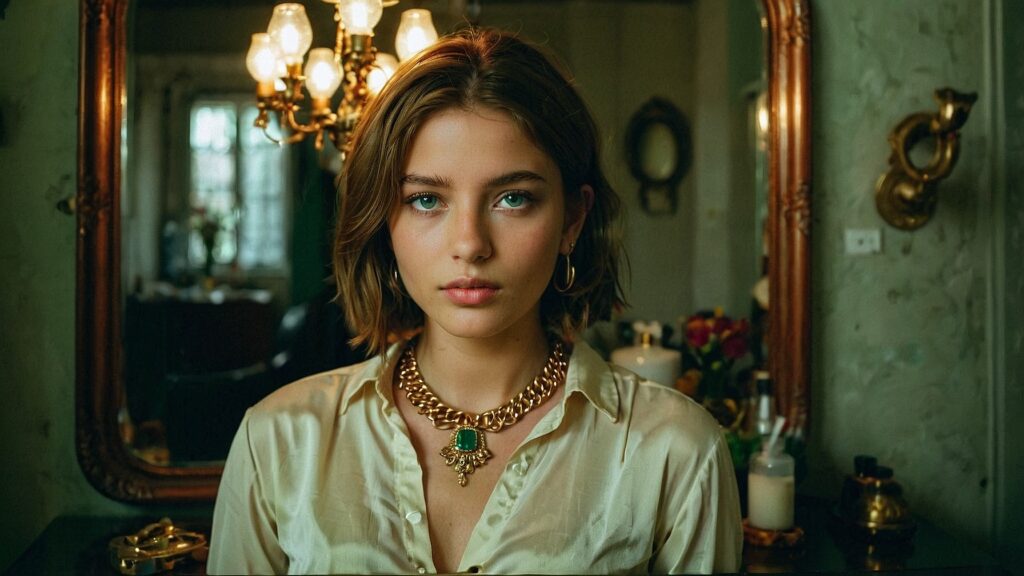
Scarves and Hats Adding Dimension
Scarves and hats, often mass-produced thanks to industrial weaving, provided affordable ways to add color accents. A richly dyed scarf could instantly transform a neutral outfit, while a hat in a vibrant shade became a stylish focal point, drawing the eye and conveying individuality.
Jewelry Metals Highlighting Fabric Colors
Metallic jewelry—gold necklaces, silver earrings, copper bracelets—complemented industrial-inspired color schemes. These metals reflected and enhanced certain shades in the clothing. A silver necklace could highlight a cool blue tone, while a gold brooch warmed up a rich burgundy.
Belts and Footwear as Color Anchors
Accessories like belts and shoes offered strategic color placements. Adding a colored belt to a monochrome outfit could shift its entire mood. Similarly, footwear in a striking hue anchored the look, helping tie together top and bottom pieces for harmonious balance.
Understanding Dye Technology
Chemical Stability and Fastness
Not all dyes are created equal. Some bleed or fade faster than others. The industrial era taught us the value of choosing dyes with high colorfastness, ensuring that garments retained their hue through washes, wear, and exposure. Understanding these qualities allows modern consumers to invest wisely.
Selecting Eco-Friendly Modern Dyes
While the Industrial Revolution wasn’t known for eco-friendliness, modern technology now includes more sustainable dye options. Some processes reduce water usage, toxins, and waste. Picking such dyes can help maintain vibrant colors while respecting the environment.
Maintenance Tips for Long-Lasting Color
To ensure colors remain as vivid as day one, store garments away from harsh sunlight, wash in cold water, and use mild detergents. Following proper care guidelines—lessons learned over centuries of textile development—helps preserve the investment in quality dyeing.
Blending Industrial-Era Inspiration With Contemporary Style

Retro-Industrial Color Pairings
Mixing industrial-era hues with modern cuts creates a fresh aesthetic. Pair a corset-style top dyed in a saturated burgundy (once a luxury shade) with contemporary skinny jeans in indigo. This juxtaposition pays homage to the past while remaining fashion-forward and relevant.
Minimalist Industrial Color Themes
For a cleaner look, choose a minimalist palette influenced by industrial tones—think charcoal, beige, steel grey—then use one bold accent color. This approach yields a refined style, perfect for modern professionals seeking subtlety with a hint of intrigue.
Combining Industrial Colors With Modern Silhouettes
Industrial-era colors look striking when paired with today’s structured silhouettes—fitted blazers, streamlined dresses, and tapered trousers. This blend of old and new reminds us that good design transcends time. Classic colors in modern shapes project both confidence and creativity.
Sustainable Approaches to Industrial Colors
Low-Impact Dyeing Methods
Today’s dyeing techniques build on past knowledge while minimizing environmental impact. Some mills use closed-loop systems to recycle water and reduce waste. These efforts ensure that the versatile color palettes born during industrialization remain viable for future generations.
Upcycling and Repurposing Colored Fabrics
Upcycling leverages the durability and consistency of industrial-era colors. Rather than discarding a faded shirt, refresh it with fabric dyes or repurpose it into a scarf or accessory. These methods preserve color stories while embracing a more responsible approach to fashion.
Avoiding Color Fading Through Proper Care
Proper care extends a garment’s lifespan. By learning the basics—gentle wash cycles, air drying, and folding instead of hanging heavy knits—consumers can enjoy their chosen hues longer. Long-lasting colors reduce waste and connect us to the thoughtful production methods of the past.
Influential Designers Embracing Industrial Colors
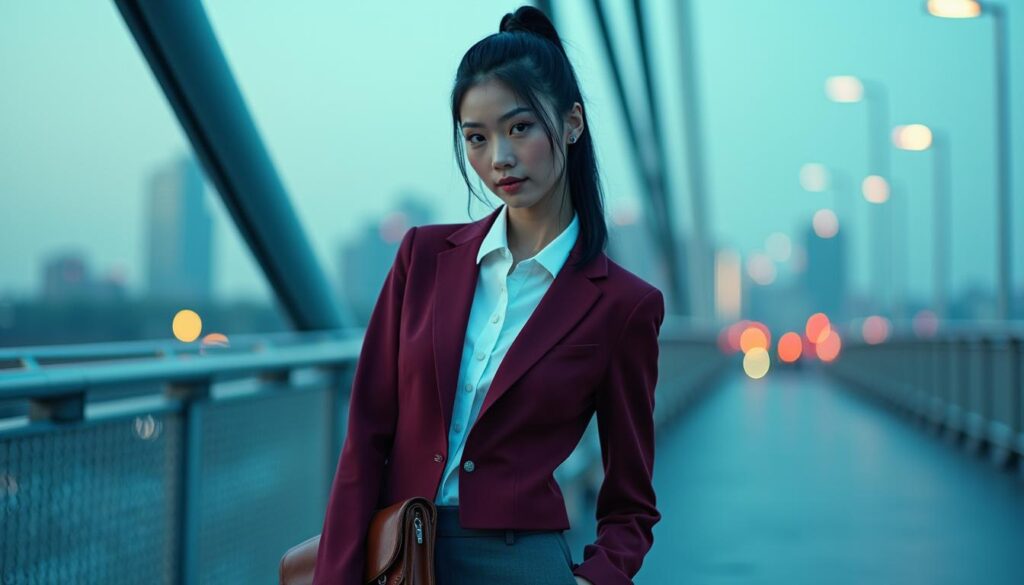
Early Innovators Setting Trends
Shortly after synthetic dyes emerged, pioneering designers experimented fearlessly. They introduced vibrant and unusual shades at scale, convincing skeptical consumers to embrace change. Their success proved that color choice was no longer limited by natural constraints.
Modern Designers Revitalizing Vintage Hues
Today, some designers look to historical color charts for inspiration. They revisit classic shades from the industrial era, reintroducing them into modern collections. This blending of eras grants clothing a timeless feel, appealing to those who appreciate both heritage and innovation.
Streetwear Labels Incorporating Industrial Edge
Streetwear brands often incorporate industrial-inspired colors—faded blacks, raw denim blues, and earthy neutrals—into their collections. These hues connect fashion to the gritty authenticity of factories and workshops, capturing a sense of substance and hardworking coolness.
Techniques for Mixing and Matching Industrial-Era Colors
Pairing Warm and Cool Industrial Tones
Combining warm tones like coppery browns with cool grays or blues creates a balanced look. This interplay references the contrast between heated furnaces and the cold steel beams of industrial architecture. By fusing warm and cool shades, outfits gain dimension and intrigue.
Balancing Bold Accents With Muted Backgrounds
A bright red scarf stands out more when placed against a softly toned jacket. Muted backgrounds let vivid accents shine, ensuring the overall look remains harmonious rather than chaotic. This technique, born of industrial efficiency, helps manage visual complexity.
Combining Patterns for Industrial Flair
Patterns such as pinstripes, subtle checks, or geometric prints can nod to industrial grids and frameworks. Blending patterns with solid industrial hues builds a cohesive, theme-driven wardrobe. Try pairing a pinstriped navy blazer with a steel-gray shirt for a look that’s both classic and current.
Future Directions in Industrial-Inspired Colors
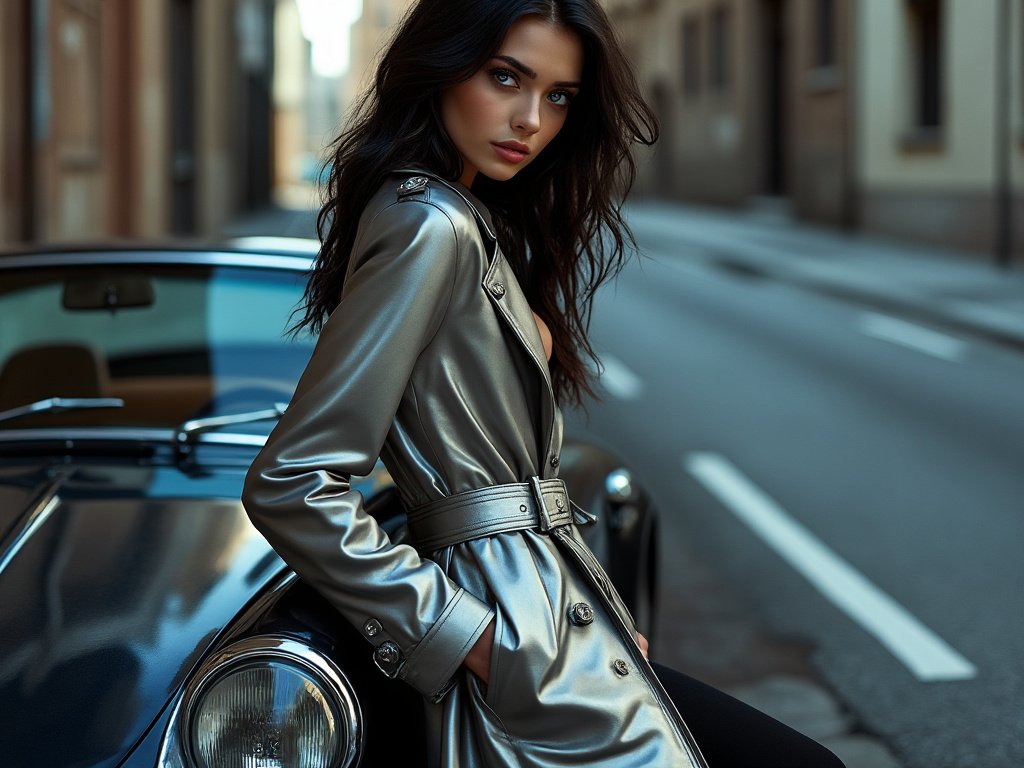
High-Tech Dye Solutions
As technology progresses, we may see even more stable dyes that won’t fade under harsh conditions. Innovations could include laser-set colors, dye-infused fibers at a molecular level, or pigments made from renewable materials. These forward-thinking solutions build upon the industrial legacy, ensuring we never run short of new color possibilities.
Smart Fabrics and Responsive Colors
Imagine clothing that changes color based on temperature, light exposure, or humidity. Future fabrics, drawing on industrial-era problem-solving, might incorporate microcapsules that shift shade to suit the environment. This adaptability would offer unprecedented versatility in fashion choices.
Predicting the Next Color Revolutions
History shows that necessity breeds invention. If the Industrial Revolution sparked a kaleidoscope of new hues, future breakthroughs—sustainability demands, advanced materials, and digital manufacturing—will likewise spur new color families. The palette will continue to evolve, reflecting the world we build tomorrow.
Conclusion
From the moment synthetic dyes burst onto the scene, the Industrial Revolution forever changed the landscape of fashion colors. We went from limited, natural shades to a boundless spectrum of vibrant, long-lasting hues. The era’s machines ensured consistent production, while new dye formulas maintained color stability. Designers embraced these innovations, introducing metallic accents, dark tones, and layering techniques that still influence modern wardrobes.
Today, we benefit from this legacy. We easily access colors that were once rare and expensive, and we can experiment with combinations inspired by industrial history. Techniques for mixing warm and cool tones, selecting sustainable dyes, and playing with accessories all stem from knowledge forged in that transformative era. The Industrial Revolution may be centuries behind us, but its impact on fashion colors is alive and thriving—and as new technologies emerge, our options will only broaden.
Final Table: Industrial-Era Inspired Color Strategies
| Strategy | Description | Example |
|---|---|---|
| Introduce Metallics | Add hints of metal-like hues for an industrial feel | A steel-gray blazer with copper cufflinks |
| Mix Warm & Cool Shades | Pair earthy browns and greys with vibrant blues | A charcoal jacket over a cobalt tie |
| Layer Textures | Combine fabrics to alter how colors appear | Wool coat over silk blouse for depth |
| Select Stable Dyes | Choose clothes that resist fading | Quality denim that holds its rich indigo |
| Add Vibrant Accents | Use accessories to introduce bold pops of color | Bright scarf on a neutral suit |
| Sustainable Practices | Opt for eco-friendly dyeing methods | Shirts dyed with low-impact processes |
| Retro-Industrial Mix | Integrate vintage hues with modern cuts | Burgundy corset top with modern jeans |
| Use Patterns Wisely | Combine subtle prints with solid industrial tones | Pinstripe blazer with solid steel-grey pants |
FAQ
Q: How did the Industrial Revolution affect the availability of colors in fashion?
A: It introduced synthetic dyes, making once-rare colors affordable and widely accessible. This shift allowed designers and consumers to experiment with a much broader range of vibrant, stable hues.
Q: Are the techniques used during the Industrial Revolution still relevant today?
A: Absolutely. Modern fashion still relies on principles like colorfastness, layering, and consistent production methods. Even contemporary sustainable dye practices have roots in lessons learned during that period.
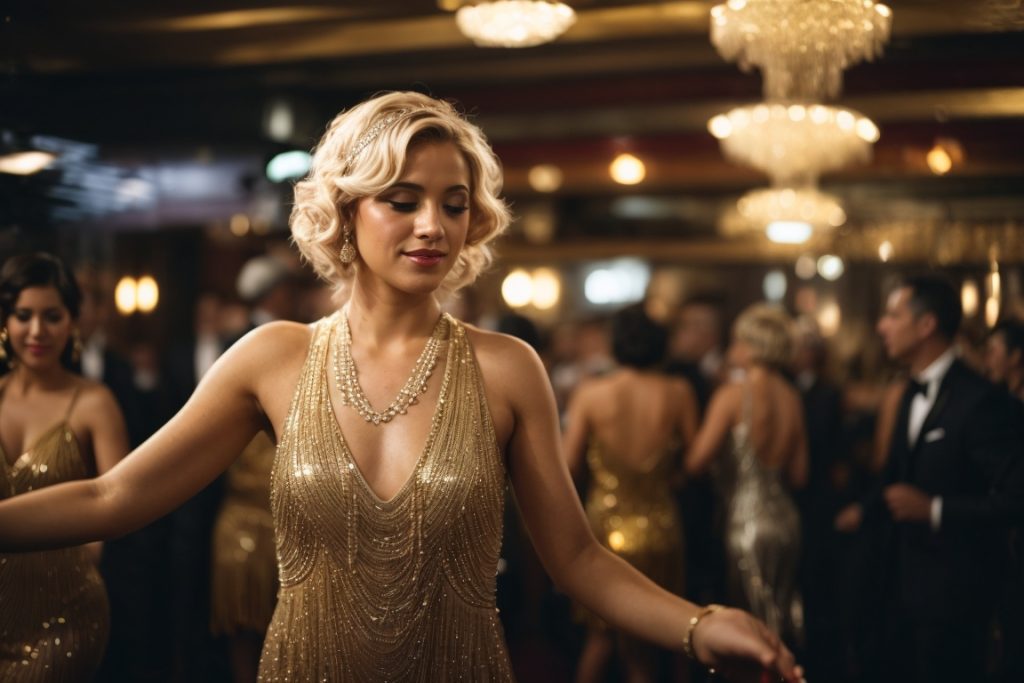
Q: How can I incorporate industrial-inspired colors into my wardrobe without looking outdated?
A: Blend industrial-era hues with modern silhouettes. For instance, wear a structured blazer in a deep charcoal or steel-gray tone over a sleek, contemporary outfit. Add metallic-accented accessories or a bold, machine-inspired color pop for a current, stylish look.
Q: Can I find eco-friendly dyes that offer the vibrancy of synthetic colors from the Industrial Revolution era?
A: Yes. Modern dye manufacturers develop environmentally friendly products that rival the brightness and longevity of older synthetic dyes. Look for brands that emphasize low-impact dyeing methods or natural pigments engineered for durability.
Q: How do I ensure my clothes retain their industrial-inspired color intensity over time?
A: Proper care is key. Wash in cold water, use mild detergents, and avoid direct sunlight for prolonged periods. Investing in well-dyed pieces and following care guidelines will keep your favorite colors looking fresh and vibrant.
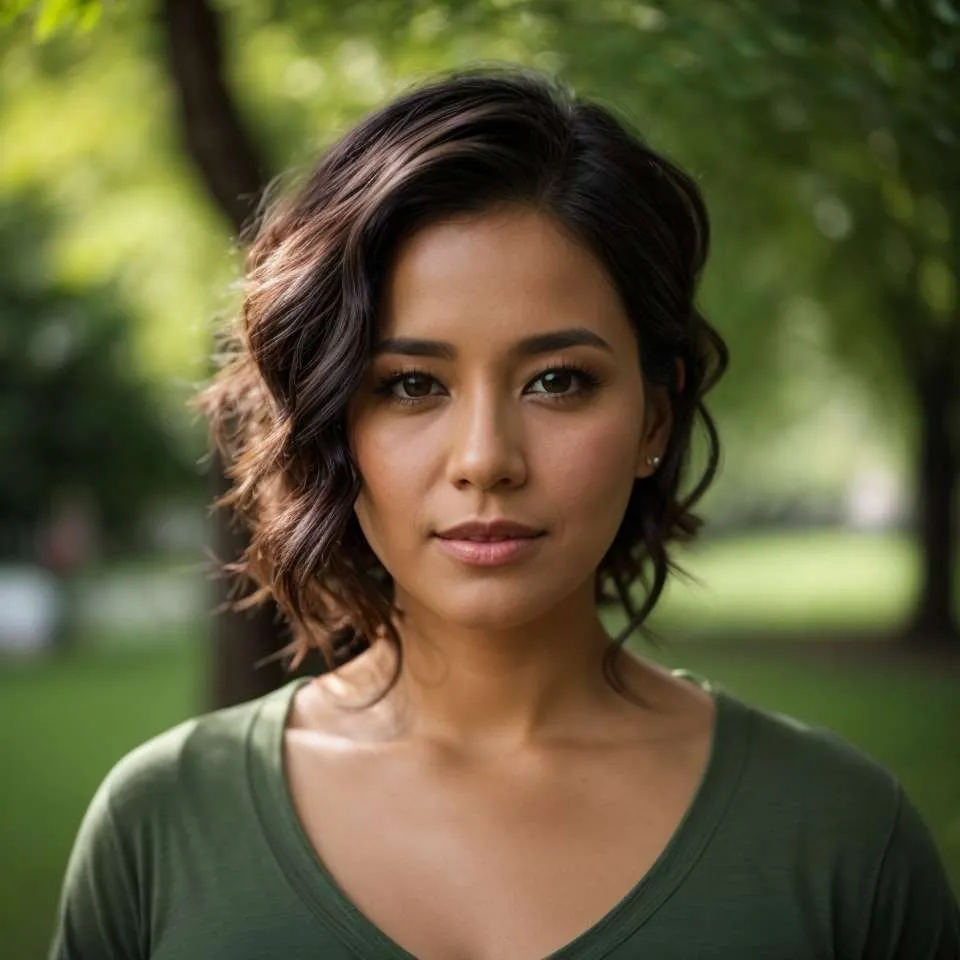
Joanna Perez, with a degree in Creative Writing, excels in recommending distinctive clothing color mixes and trends that deeply connect with readers. She simplifies the often daunting task of color selection, making fashion decisions more personalized and impactful. Her passion for vibrant color palettes and the stories they tell makes her an indispensable voice in the fashion community.
Reviewed By: Marcella Raskin and Anna West
Edited By: Lenny Terra
Fact Checked By: Sam Goldman
Photos Taken or Curated By: Matthew Mansour
